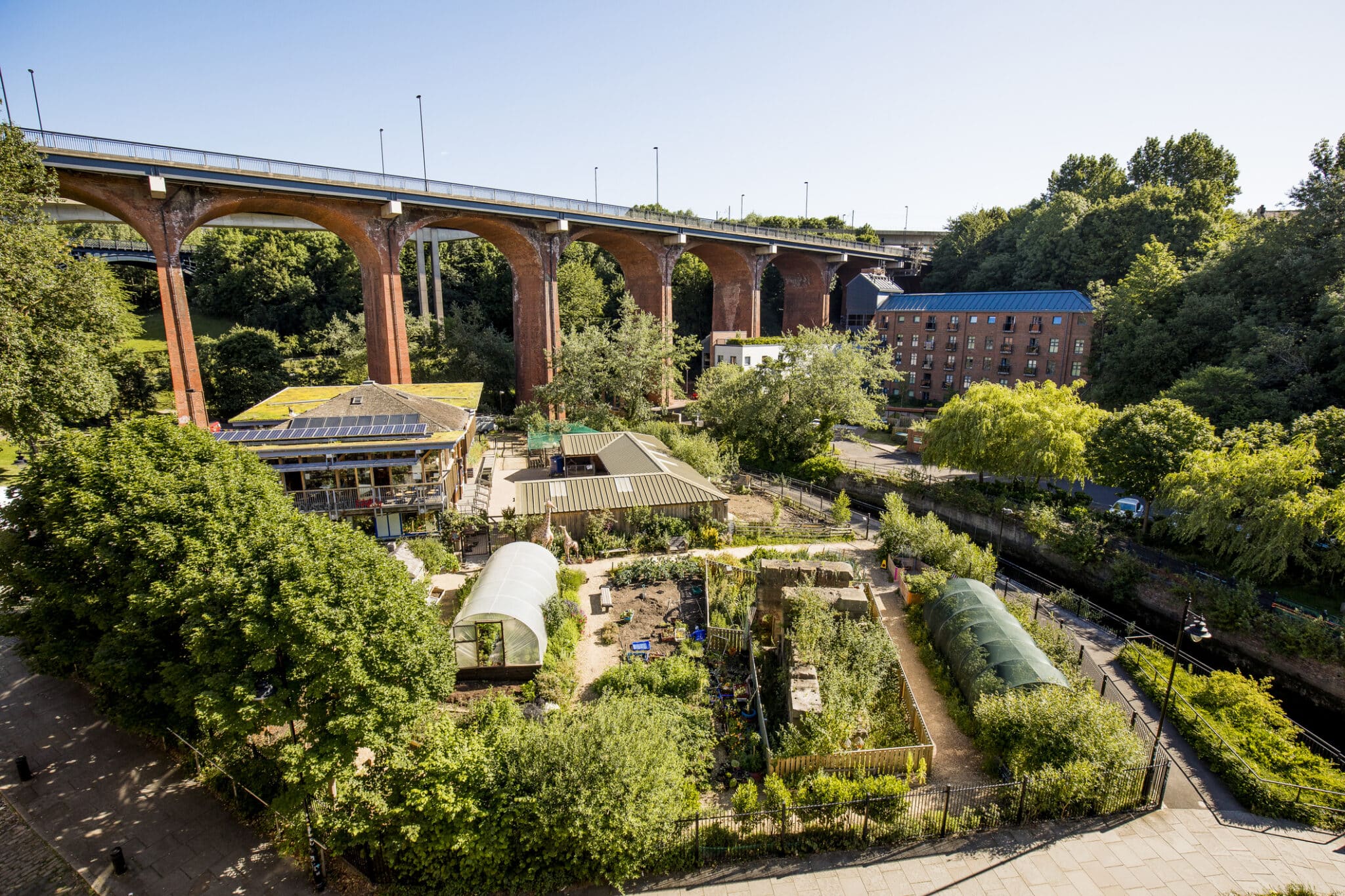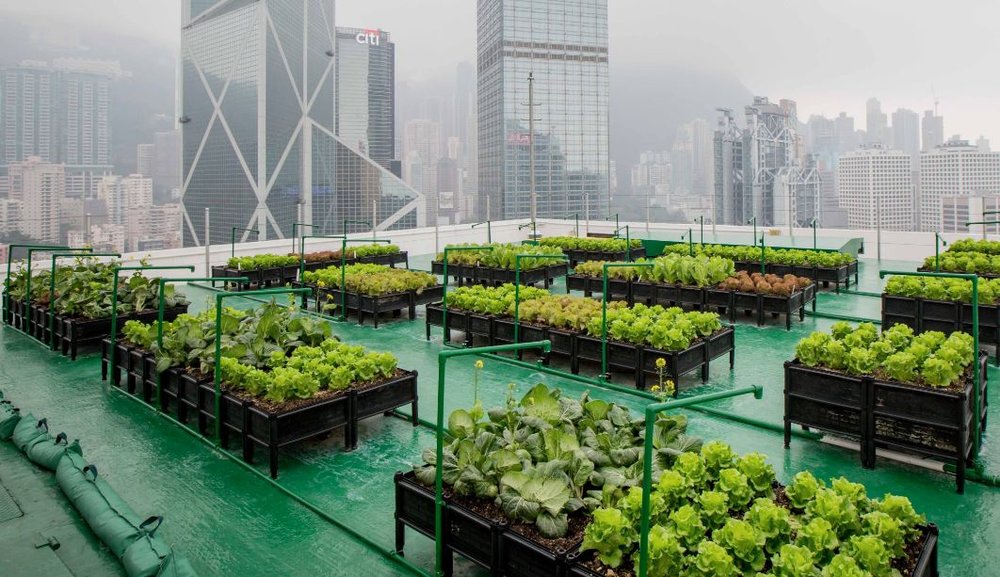City Blooming Can Be Fun For Everyone
City Blooming Can Be Fun For Everyone
Blog Article
What Does City Blooming Mean?
Table of ContentsThe 15-Second Trick For City BloomingNot known Details About City Blooming All About City BloomingLittle Known Facts About City Blooming.Top Guidelines Of City Blooming
Interested in expanding food available in the City of Chicago? Thinking about beginning a community garden? Modifications to the Chicago Zoning Regulation permit agricultural usages like community yards and urban farms in numerous parts of the city. Below is a listing of often asked inquiries concerning the policies and policies that growers must think about when planning a city farming task.
The zoning amendment does not change any type of various other codes dealing with composting, building permits, acquiring or leasing City owned residential or commercial property, service licenses or ecological contamination. There are existing codes that control these problems and they continue to be completely result and might apply to your project. Neighborhood gardens are typically had or managed by public entities, civic companies or community-based organizations and kept by volunteers.
Urban farms grow food that is meant to be offered, either on a nonprofit or for-profit basis. As a result of their industrial function, city ranches require a business permit. Yes. A neighborhood yard is allowed to offer surplus produce that was expanded on website if the sales are accessory or subservient to the yard's main function explained over.
The Definitive Guide to City Blooming
The amount of compost product can not surpass 25 cubic yards at any offered time according to the standards in 7-28-715 of the City's Municipal Code. Since the dirt at a lot of new garden sites needs amending, compost, soil, timber chips, or other materials can be obtained to build or improve the expanding space.

If a building license is required then the hoophouse will certainly be taken into consideration an accessory building. You can figure out more about the building permit demands by calling the Department of Structures. The 25,000-square-foot dimension limit is intended to avoid a single community yard from controling a given block or interfering with the block's existing domestic or business personality.
The restriction does not apply to gardens situated in Public Open Space (POS) areas. Can there be even more than one community yard that is 25,000 square feet on a solitary block? Yes. The dimension limitation puts on individual gardens, not to private blocks. No. Fence is not needed, however, yards that have huge parking lot may be required to set up fencing or various other landscape design functions.
City Blooming Things To Know Before You Buy
B1 & B2 areas call for that all commercial usage tasks be performed inside. Is fencing required for city farms? Fences may be needed, along with landscape design and testing, for specific auto parking areas and exterior work or storage locations depending on place and the specific task taking place.
Yes. Urban farms call for structure authorizations and zoning approvals prior to construction. Various other kinds of city evaluation may be required depending on details frameworks, tasks, size, landscaping, licensing, public health and stormwater management concerns. Much of these demands are identified in the task design or allowing procedure, however, the applicant might be responsible to independently determine certain licenses or permits that may be required.
Yes. The sort of license is identified by what is taking place at the site. The Department of Organization Affairs and Consumer Defense can assist identify the certain sort of organization certificate that's needed. Yes. Off street vehicle parking is needed for the majority of industrial tasks in Chicago. The called for variety of garage is based on the variety of workers working with website and not the square footage of the growing area.
About City Blooming

Yes. A city farm can sell garden compost product generated on site, nonetheless, the operation must follow the guidelines in 7-28-715 of the Chicago Municipal Code. Yes. Aquaponic systems are enabled inside your home on city ranches in several zoning districts. A zoning evaluation and structure authorization is required in order to mount structures or systems and a service permit is required as defined over.
As much as 5 hives or colonies of honey may be kept as an accessory usage. Nonetheless, beekeepers should register with the Illinois Division of Farming. To learn more regarding the proposed zoning change you might get in touch with the Department of Housing and Economic Growth, Bureau of Planning and Zoning at 312.744.8563.
Farming in cities and city areas A city farm in Chicago. Urban farming refers to numerous practices of growing. https://clean-gondola-5c7.notion.site/City-Gardening-Transforming-Urban-Spaces-7213d2fdc6c341e8bd8975e4c2f79126?pvs=4, processing, and distributing food in metropolitan locations. The term also uses to the location tasks of pet husbandry, aquaculture, beekeeping, and horticulture in an urban context. Urban agriculture is identified site web from peri-urban agriculture, which happens in backwoods beside suburban areas.
3 Easy Facts About City Blooming Explained
, who seek to form social networks established on a shared ethos of nature and community holism. These networks can create by means of formal institutional assistance, becoming integrated right into regional community preparation as a "shift community" movement for sustainable city development.
The much more straight access to fresh veggie, fruit, and meat items that might be know via urban farming can improve food protection and food safety while reducing food miles, leading to reduced greenhouse gas emissions, thus adding to environment change mitigation. Some of the very first evidence of city agriculture comes from Mesopotamia.
Report this page